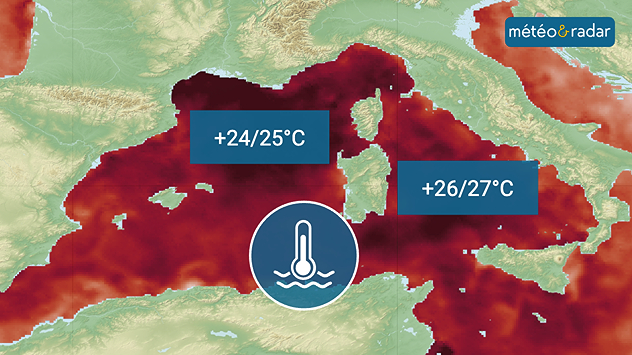Fiber-optic cables now literally encircle Africa

The transfer of data over the Internet directly depends on the right to operate maritime vessels and the skills of their crews to deploy, maintain, and repair cables on the seabed. When a cable breaks, connectivity is lost.
The maritime vessels Léon Thévenin and CS Sovereign demonstrated this when they took nearly 60 days to repair undersea cables on the ocean floor to restore Internet connectivity infrastructure that had severely impacted West Africa and South Africa.
Although Internet access can be provided through mobile networks, satellites, or terrestrial fiber optic cables, the global exchange of data traffic relies on these submarine systems, which consist of 600 active cables.
On March 14, the West Africa Cable System (WACS), Africa Coast to Europe (ACE), SAT3, and MainOne submarine cables experienced outages. These failures resulted from physical breaks off the coasts of Côte d’Ivoire and Senegal, according to Main One Service, the company responsible for operating one of the cables. Their preliminary investigations suggest that seismic activity on the seabed may have caused these breaks.
Outages and breaks in the West Africa Cable System (WACS), Africa Coast to Europe (ACE), SAT3, and MainOne submarine cables are affecting Internet connectivity in West Africa and South Africa. Display the routing data retrieved by @IODA_live.
Following these outages, the telecommunications regulator in Ghana, one of the affected countries, stated that the submarine cable system had lost between 90 and 100 percent of its transmission capacity.
The report published by the Internet Society shows that the outages have affected access in 13 African countries located along the West African coast: Benin, Burkina Faso, Cameroon, Côte d’Ivoire, Gambia, Ghana, Guinea, Liberia, Namibia, Niger, Nigeria, South Africa, and Togo. As a result, this caused service degradation and near-total Internet outages. Additionally, the Internet routing data retrieved in Africa by the Internet Outage Detection and Analysis (IODA) project from Georgia Tech aligns with the findings of the Internet Society.

The telecommunications research company TeleGeography has documented that there are an average of 100 submarine cable outages per year worldwide. They also explain that the public rarely hears about them because, in most cases, Internet companies distribute their networks among different cables, so if one of them fails, the networks function smoothly via other cables during repairs.
In Africa, this is not necessarily the case. Anthropologist Jess Auerbach, who studies connectivity infrastructure on the continent, shared in The Conversation that:
Fiber optic cables now literally encircle Africa, although some parts of the continent are much better connected than others. Indeed, public and private organizations have made major investments over the past decade.
According to an interactive map of fiber optic cables, it is clear that South Africa is in a relatively good position. When the outages occurred, the network was affected for a few hours before Internet traffic was rerouted; a technical process that depends both on the availability of alternative routes and existing corporate agreements to allow rerouting. It is similar to driving with a tool like Google Maps. If there is an accident on the road, it finds another way to get you to your destination.
But in several African countries, including Sierra Leone and Liberia, most cables do not have branching points (the equivalent of exit ramps on a road), so only one fiber optic cable actually enters the country. Internet traffic from these countries practically stops when the cable breaks.
The International Cable Protection Committee (ICPC) indicates that damage to cables from landslides or earthquakes accounts for less than 10% of documented outages. Another cause is accidents involving fishing boats and the impact of dragging their anchors, which accounts for two-thirds of all outages. More rarely, this occurs due to deliberate sabotage or shark bites.
The Léon Thévenin departed from Cape Town to Côte d’Ivoire, where it arrived on March 29 to repair the SAT-3 cable. These repairs on the ACE cable were completed on April 17, on the WACS on April 30, and finally on MainOne on May 11.
Auerbach states:
These are craftsmen and technicians with unique skills who recover and repair the cables, sometimes at depths of several kilometers under the ocean.

One of the current trends that the researcher also highlights is that cable financing was once a combination of public and private associations, but now there are more large private companies such as Alphabet, Meta, and Huawei:
This has serious implications for the control and monitoring of digital infrastructure, » she notes.
This would potentially pose a threat to digital sovereignty.
Maintaining global Internet connectivity directly depends on the right to operate such vessels, as well as the knowledge and skills of their crews, who ensure the navigation and maintenance of the submarine cables that distribute Internet traffic across the seas.
Source: Global Voices



